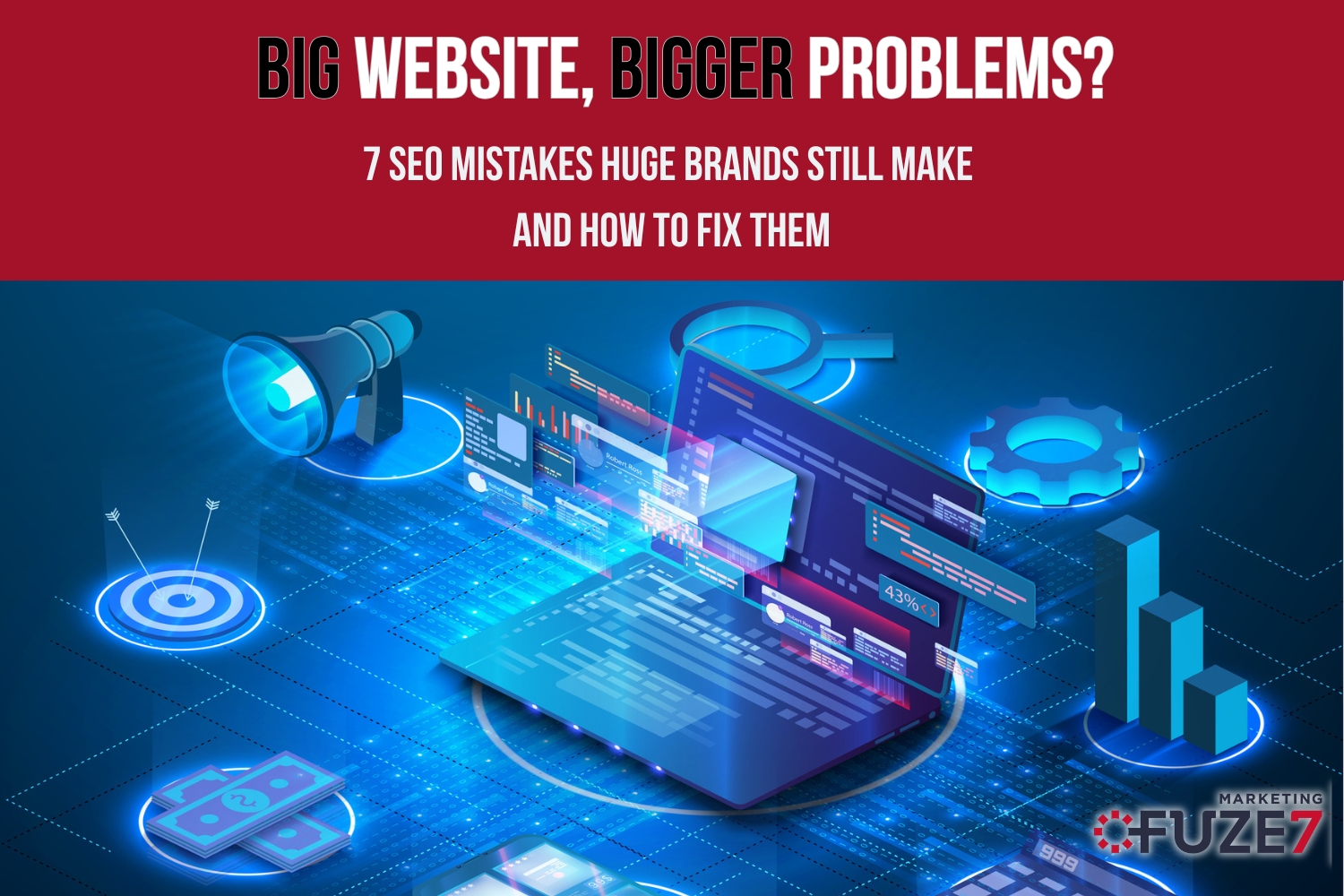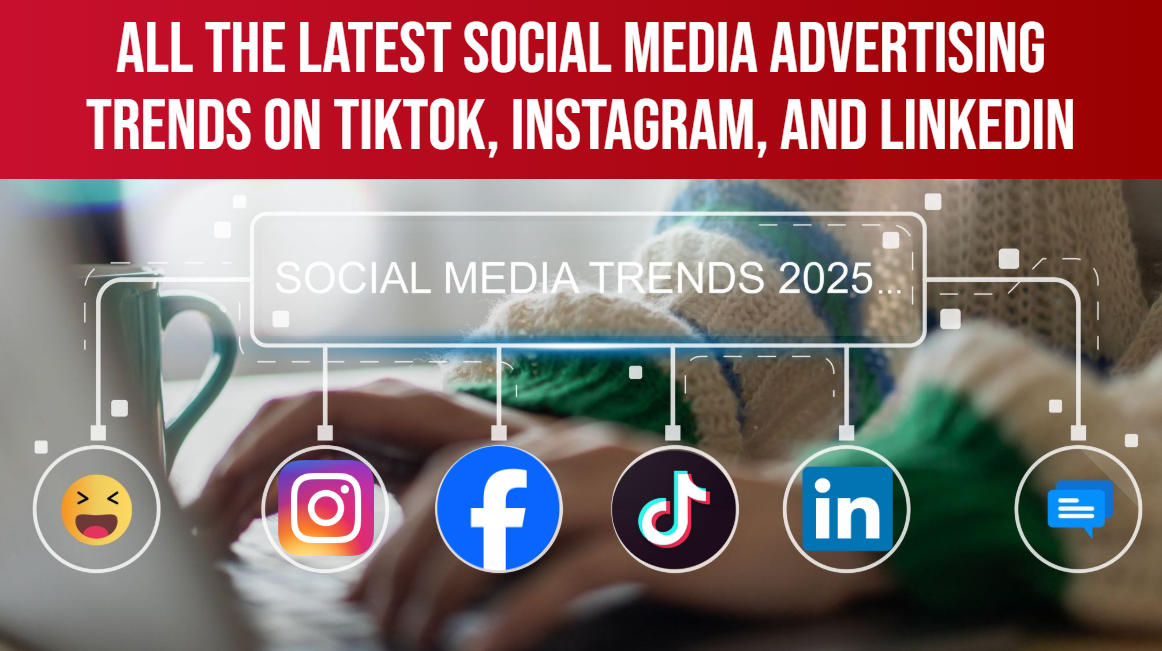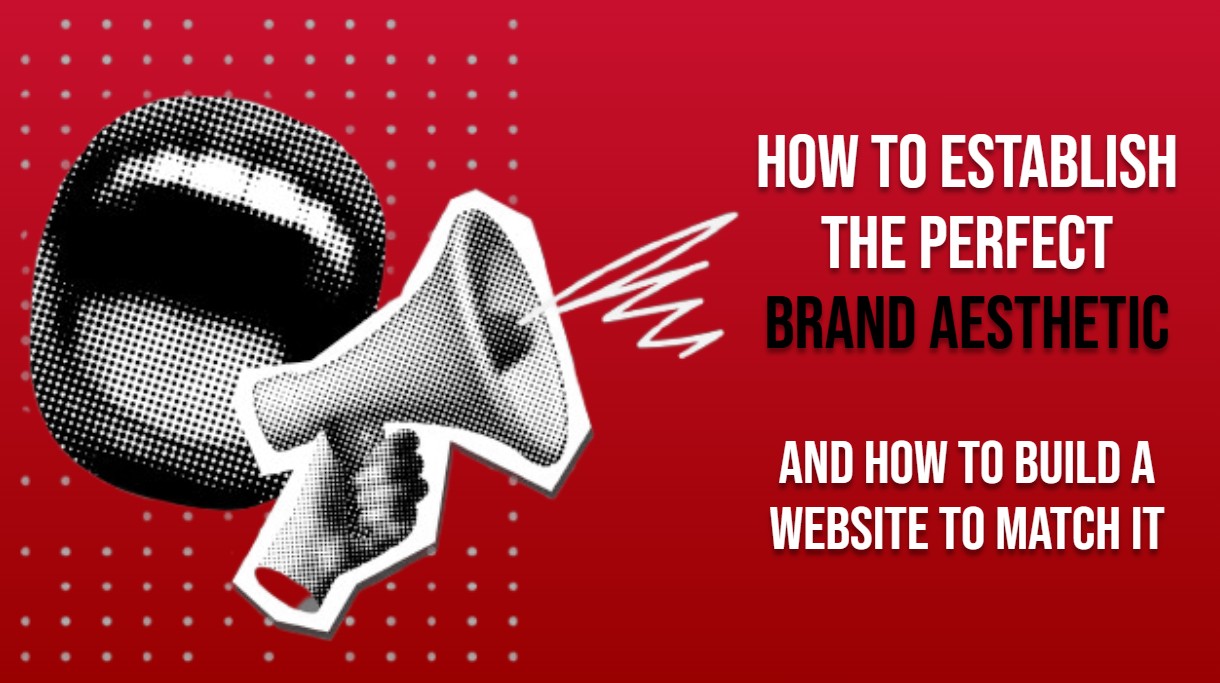We get it, developing fresh content to publish on your website, blog, social media, or other marketing channels can be challenging, and navigating the world of brand tone, voice, cadence, and relevance may seem like it only adds to the difficulty. But, content created without regard to the brand, the brand strategy, or your audience will ring hollow and fall short of potential.
Aligning your content with your brand strategy will help to establish a stronger brand identity, deeper connections with your audience, and can actually make content development a little easier in the long run. It starts with 1) knowing your brand identity, 2) knowing your audience, and 3) deciding what action you want your audience to take.
We are going to assume you are already familiar with your own brand and to a large degree, your broader audience. But let’s take it a step further. Your full audience is made of up smaller segments: internal, external, customers, potential customers, partners, etc. The point is, you need to identify who your content should speak to because how you deliver your message will not be the same across the board and you will want to use a voice that resonates with your targeted segment while remaining consistent with your brand.
Your Audience Isn’t Thousands of Exactly the Same Person
So maybe you have done your research, and you have created one large target audience based on your product or service, the current market, and maybe even some market history. You are about halfway there in the audience research department. Now it’s time to break down your audience into segments and here’s a hint: you actually need closer to a minimum of five audience segments. Unless you are *highly* specialized in your product or service, you will have multiple walks of life within your overall audience. Understanding what types of content these segments engage with, and how to speak to them in a relatable way, is the real legwork in this game.
Research your competitors, research purchasing trends not only within your industry but also within your location, and research related products or services. What are your competitors saying in this space? Who are the leaders within your industry and what are they saying to their audience? Lastly, define some keywords (buzzwords) that create a desire to purchase for your audience.
We also recommend analyzing your internal audience–your employees, managers, department heads, etc. What matters to them? How do they want to hear from you? What’s the best way to keep them informed? Internal communications are equally important to reinforcing brand identity and the same considerations for voice, tone, and messaging apply.
Whether you are developing content for internal or external audiences, you also need to gain an understanding of where your audience segments go for information and what are the preferred formats or platforms they like to engage with.
Choosing the Appropriate Marketing Channels
Not all platforms are created equal. We’re not just talking about social media, but email, PPC/SEM, programmatic, affiliate, and influencer marketing. All of these provide a unique chance to showcase your brand, communicate your message, and influence your audience. Here are some general thoughts about these platforms, and the stereotypical audiences that live on them:
- Social Media: Younger generation (but getting older), used more and more as a customer service platform where customers air grievances and ask questions. Communication is much faster here, and responses from your brand are expected within the same hour as when the question was originally posed.
- Facebook: 25-34 is the primary age demographic of active users
- Many parents are now joining Facebook to keep tabs on their kids
- The most capability for direct purchases, integrated with e-commerce
- Video and photos get top priority for post reach
- Instagram: 18-34 age demo, migrated from Facebook when it became “too corporate”
- Still owned by Facebook
- Visual storytelling-based content is paramount
- Twitter: News channel, wide age range, instant communication
- Anything from a random thought to a political stance fits with Twitter’s “vibe”
- Tweets are more like “moments in time” than a concrete content piece – meaning you shouldn’t always deliver a sales pitch, but sometimes just thoughts about life are most impactful
- Pinterest: Sharing photos pinned to your “boards” of things are you are seeing or finding that you think would be of interest to creative types, travelers, designers, fashionistas, or DIY craftspeople
- Now supporting link sharing and advertising
- LinkedIn: Still business professional, but think of it like wearing a collared shirt and jeans, or your favorite top and non-jeans.
- It’s become more casual, but still the place to share company news, and brag about your employees doing great things
- Link sharing is king here – the more you can position yourself as a source of valuable insights and news for your audience, the better reach your post will receive
- Facebook: 25-34 is the primary age demographic of active users
- Email Campaigns: Gmail just keeps adding more and more ways to filter sponsored content and sales-pitchy emails out of your recipients’ inboxes. To use email effectively, avoid using spammy subject lines like anything with “FREE” in all caps, “offer ends…” or “Don’t wait until it’s too late!” phrasing. Instead, speak to the lifestyle, the problem, and the solution.
- Display advertising: This is purely a visual play, with images and copy defining your sales pitch
- The bulk of this audience is cruising the web with purchasing on their minds.
- You can be direct here, delivering your best sales pitch accompanied by a clear visual of your product or service. The best images here are those that tell a story without too much explanation needed. These ads are small, so maximize your space by utilizing limited copy.
Defining Your Brand Tone and Marketing Vehicles to Share Content
Put some thought toward the common issues shared by your entire audience, regardless of segment. The differentiation is between how each segment encounters and approaches each problem, and what they are missing in their process. What gap in this process is consistently letting your audience down? Then fill that gap with an easy solution. This is how you develop a brand voice.
As you identify a problem, it should spur brainstorming on the solutions you can offer and what types of content to share, when, and with whom.
Lastly, can you simply explain your product or service in a couple of sentences? Great -that’s a social post. Does it need further explanation, and it might be easier to show a visual? Excellent! Utilize video content and push this out via social media, email, and possibly YouTube. And do you have a lightning-fast promo to offer? Cool – get an email going, and supplement it with some Paid Search and Display advertising.
Look, we could go all day on this stuff, and once you get started you might get hooked! We love talking shop, especially when it comes to content strategy. If you have questions, feel free to reach out.








